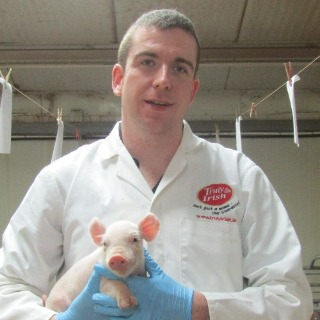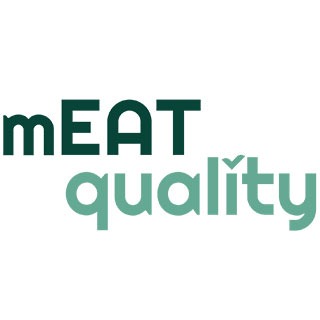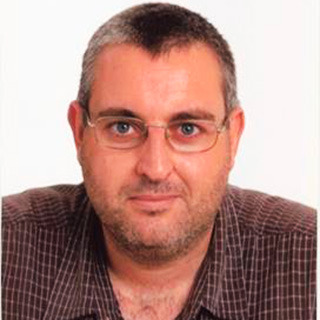
Martí Cortey
CReSA – IRTA - Spain AuthorHe obtained his degree in Biology (1997) at the Universitat de Girona where he started his career in population genetics and molecular evolution. He did his master (2000) and the PhD (2005) at the Genetics Unit. During that period, he acquired vast population genetics, phylogeny, molecular evolution and bioinformatics analysis skills and an in deep technological knowledge of sequence, microsatellite and protein loci data generation.
During his first post-doc at CReSA (Barcelona, Spain), he applied his expertise in population genetics and evolution to the Veterinary field. The analysis developed to study vertebrate evolutionary relationships had barely been exploited to study viral evolution and strain distribution. He focused his research in applying these analysis methodologies to Porcine Circovirus type 2, one of the most important pathogens for domestic swine worldwide. In 2010, he moved to the National Veterinary Institute (SVA, Uppsala, Sweden), applying his knowledge on viral genetic variability to the development of new diagnostic tools based on the PCR technology that may have direct applicability in the veterinary field. In 2012, he was awarded with a grant from the Infectiopôle Sud Foundation to deepen his bioinformatics skills in post-doctoral stage training at the Unit of Molecular Virology, Emergence and Viral Co-evolution (UMR CNRS 7268, Marseille, France). He was responsible for designing and automating protocols to detect unknown viruses using Next Generation sequencing technology. In 2013, he started working at the Biosecurity Level 3 facilities of the Pirbright Institute (Pirbright, UK) studying the persistence of foot-and-mouth disease virus in African buffalo. Nowadays, he is a Researcher at IRTA-CReSA (Bellaterra, Spain). Using a multidisciplinary approach, he is working to improve the protective immunity against Porcine Respiratory and Reproductive Syndrome Virus, in order to enhance the competitiveness of the Spanish swine industry.
He has vast knowledge in virology, population genetics, molecular evolution and bioinformatics, and a deep technological knowledge of Sanger and Next Generation sequencing, that have lots of applications to the veterinary field studying viral evolution, pathogenicity and strain distribution. He actively participated in 10 national and 6 international R&D&I projects funded in competitive calls, he has published more than 50 peer-reviewed scientific papers and book chapters, and more than 40 oral and poster communications in national and international congresses. He is also a member of the International Committee on Taxonomy of Viruses and the Catalan Society of Biology.
Updated CV 09-Apr-2016
 Pig producer
Ryan Schoenlein
United States
Pig producer
Ryan Schoenlein
United States
 User
Tomasz Tomkiewicz
Poland
User
Tomasz Tomkiewicz
Poland
 Veterinary practitioner/consultant
Владимир Кайзер
Russia
Veterinary practitioner/consultant
Владимир Кайзер
Russia
 Pig producer
Job SIME SUANON
Benin
1
Publications
3
Followers
Pig producer
Job SIME SUANON
Benin
1
Publications
3
Followers
 Pig producer
Okello Kennedy william
Uganda
1
Followers
Pig producer
Okello Kennedy william
Uganda
1
Followers
 Pig producer
Noël Goudote
Benin
5
Followers
Pig producer
Noël Goudote
Benin
5
Followers
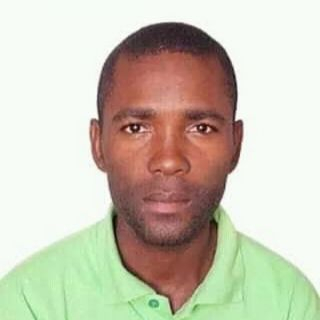 Veterinary practitioner/consultant
Adelino Miguel
Angola
1
Followers
Veterinary practitioner/consultant
Adelino Miguel
Angola
1
Followers
 Education/research
Alfredo ocaña
Mexico
1
Followers
Education/research
Alfredo ocaña
Mexico
1
Followers
 Agronomist
Manuel Rojas
Colombia
1
Followers
Agronomist
Manuel Rojas
Colombia
1
Followers
 Student
Ivan Eremin
Russia
4
Followers
Student
Ivan Eremin
Russia
4
Followers
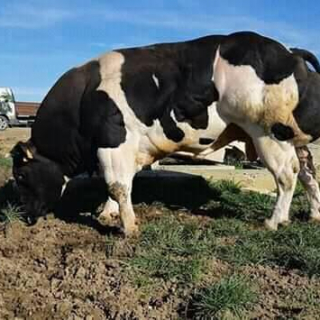 Meat industry
salvatore mercuri
Italy
1
Followers
Meat industry
salvatore mercuri
Italy
1
Followers
 Pig producer
Flavie Bandekela
Republic of the Congo
5
Followers
Pig producer
Flavie Bandekela
Republic of the Congo
5
Followers
 Pig producer
James Williams
United Kingdom
17
Followers
Pig producer
James Williams
United Kingdom
17
Followers
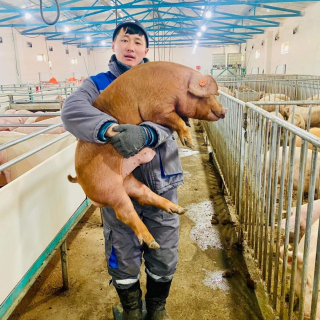 Pig producer
Enhholog Enhtuvshin
Mongolia
1
Followers
Pig producer
Enhholog Enhtuvshin
Mongolia
1
Followers
 Meat industry
Bogdan Octavian
Romania
1
Followers
Meat industry
Bogdan Octavian
Romania
1
Followers
 Student
LUIS ALBERTO fierro
Mexico
1
Followers
Student
LUIS ALBERTO fierro
Mexico
1
Followers
 Education/research
Leandro Del Tuffo
Argentina
2
Followers
Education/research
Leandro Del Tuffo
Argentina
2
Followers
 Pig producer
Royther Ecom
Guatemala
1
Followers
Pig producer
Royther Ecom
Guatemala
1
Followers
 Education/research
Rakesh Banga
India
1
Publications
2
Followers
Education/research
Rakesh Banga
India
1
Publications
2
Followers
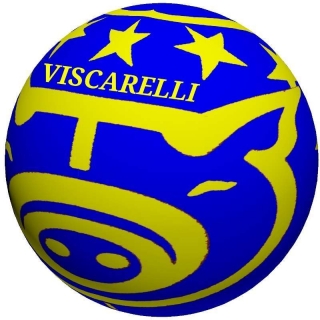 Pig producer
Massimo Viscarelli
Italy
181
Publications
413
Followers
Pig producer
Massimo Viscarelli
Italy
181
Publications
413
Followers
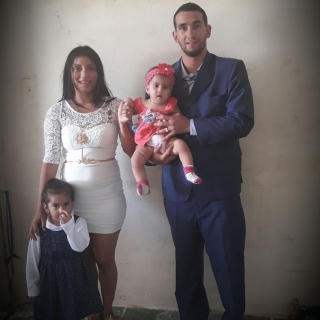 Student
cesar zamora
Ecuador
5
Followers
Student
cesar zamora
Ecuador
5
Followers
 Agronomist
liz oviedo
Peru
7
Followers
Agronomist
liz oviedo
Peru
7
Followers
 User
Roger Neira
Spain
1
Followers
User
Roger Neira
Spain
1
Followers


